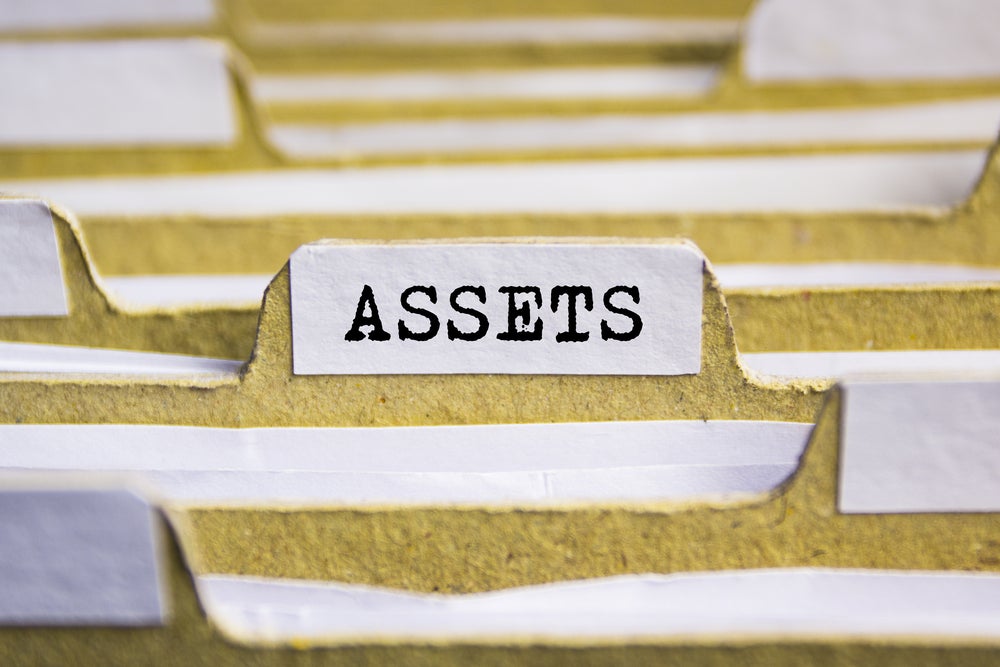
Leasing can cover a wide variety of specialist or ordinary capital equipment needed to keep a business afloat.
In the world of corporate equipment financing, leasing is changing and evolving as it extends beyond standard leases on equipment and vehicles to encompass leases on software and other intangibles, at the same time this financial instrument is adapting to fit the needs of more sectors (and asset types) as they use it to manage their demand for assets and to cut on capital expenses.

Access deeper industry intelligence
Experience unmatched clarity with a single platform that combines unique data, AI, and human expertise.
Traditionally, a lease is a contract in which one party, the lessee, agrees to rent an asset owned by another party, the lessor. It guarantees the use of the asset in return for regular payments for a specified period.
From the lessors’ point of view, all finance leasing contracts have two elements: the customer and the asset, and it is the job of the leasing company to make sure both are creditworthy.
Often, the sole collateral for a lease is the asset to be financed and leasing companies have sought to mitigate this risk by asking the lessee to make a down payment (perhaps 20% of the value of the asset).
Where this leaves the leasing company is that it has the legal ownership of an asset for which it has paid only 80% of its value. At face value, this may create the basis for a secure transaction, but what can often throw a spanner in the works for the legal owner of an asset is its future value, which, depending on the asset, can depreciate suddenly and unexpectedly.

US Tariffs are shifting - will you react or anticipate?
Don’t let policy changes catch you off guard. Stay proactive with real-time data and expert analysis.
By GlobalDataCollateralised
The traditional test to finance an asset has typically required it to be:
1) movable
2) identifiable (for example, displaying a serial number or chassis number for vehicles)
3) supplied by a known vendor
4) have known future value (the leasing company should be able to calculate the depreciation of the asset over (at least) the duration of the lease
5) be resalable (in the event of repossession, the leasing company should be able to sell the asset to a third party or back to the original supplier).
With these notions in mind, Leasing Life spoke to a leasing professional to learn more, although this individual spoke on condition of anonymity.
Why lease, rather than own?
Leasing equipment removes the risk associated with ownership for a price paid to the asset owner, but there are several reasons why businesses may opt for leasing.
The upkeep of leased computers or machinery remains a big draw for leasing. The lessor is responsible for breakdowns or repairs which saves on downtime and repair costs.
Likewise, disposal costs are also taken care of by the lessor – meaning for many, leasing is a more financially affordable option.
Depending on what type of asset you lease, you can also receive tax relief. Leasing costs can be a deductible expense at the end of the financial year. While rules differ on vehicle leases, VAT can be claimed back on rental payments.
Who leases, and when?
Traditionally, some industries or sectors are more prone to lease equipment than others. Many service providers use leasing for delivery vans to laptops.
Agriculture and manufacturing both lease machinery and equipment. Though, the frequency with which they lease varies – seasonally for agriculture, and in uncertain economic climates for manufacturing.
Leasing machinery or a fleet of delivery vehicles allows for flexibility and scalability in manufacturing during economic hardship. When inflation rises along with interest rates, companies trying to keep expenses stable find leasing agreements with fixed interest rates provide some stability, likewise, companies can free up capital with leasing to avoid upgrading and replacing equipment or assets.
While the case for leasing, rather than owning capital equipment, has remained stagnant, loans became more commonplace during the pandemic. Our source said: “During the pandemic, it became much more common to take a loan. But that was largely because the government was giving money away through various schemes for SMEs. That accelerated the trend that already existed.”
Operating lease versus finance lease
There are two basic types of lease agreements: operating lease and finance lease.
A finance lease is a full pay-out agreement, meaning the sum of the rentals includes the full capital cost of equipment and interest accrued. This type of contract extends over a long period and the lessee is responsible for maintenance and upkeep.
An operating lease involves periodical payments for equipment which remain the lessor’s responsibility to maintain. These are normally short-term and have no purchasing options.
While operational leases appeal to businesses that do not want to deal with maintenance, financial leases are good for those who do not want a large upfront cost when buying equipment.
Popular choice: HP
Our source cited hire purchase leases (HPs) as a popular option due to the UK government’s capital allowance regime: “HP is probably the most popular leasing arrangement, and the reason for that is the government has in place a full-expensing allowance. So, if a customer buys something, they get the full value of the equipment as tax relief.”
Capital allowance is a type of tax relief which lets businesses deduct some or all of the value of an item from profits before tax.
Super Deduction is dead, long live Full Expensing







